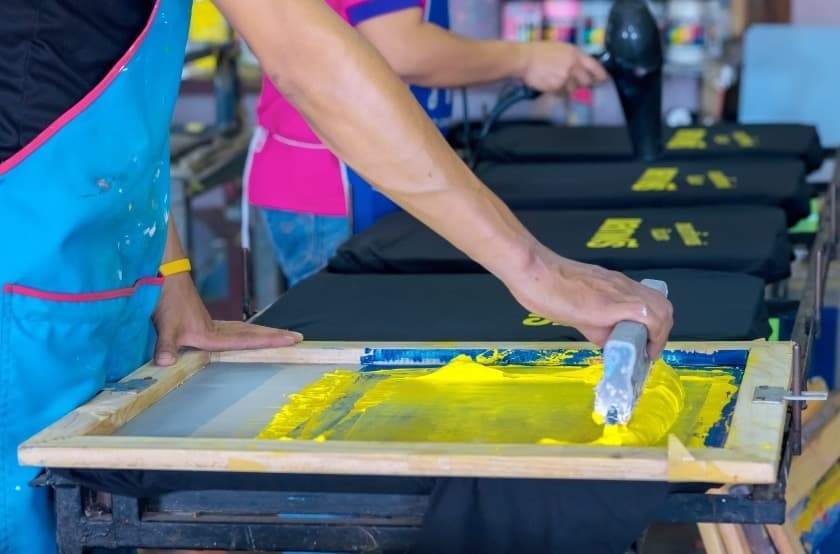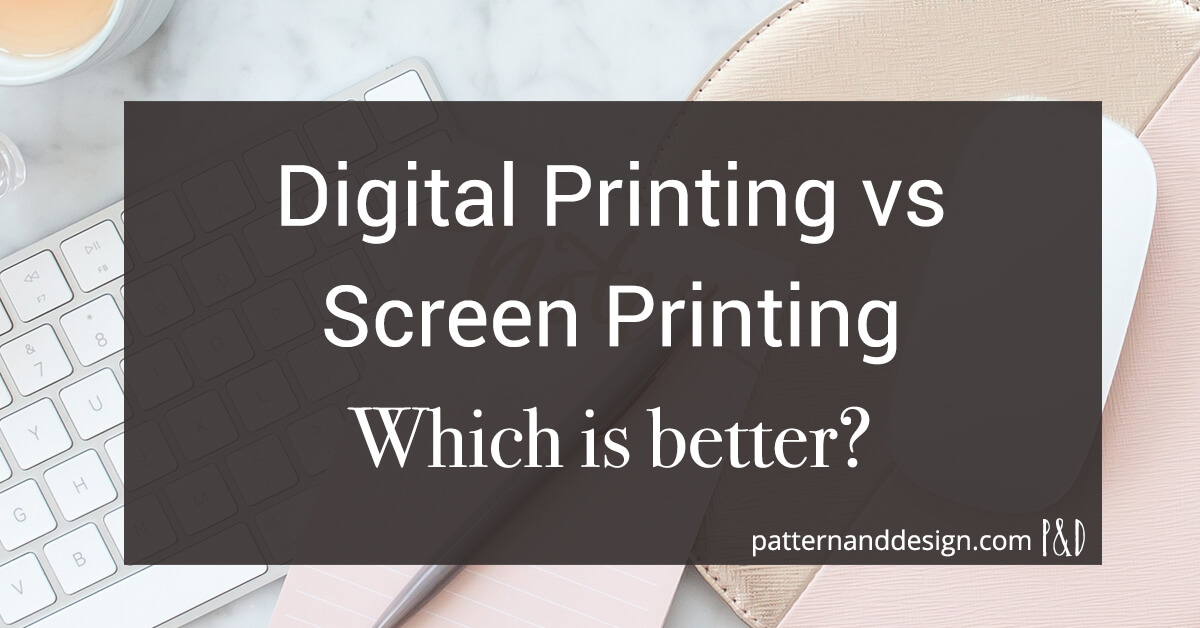Little Known Facts About Tx Tees.
Little Known Facts About Tx Tees.
Blog Article
How Tx Tees can Save You Time, Stress, and Money.
Table of ContentsEverything about Tx TeesThe Tx Tees Ideas8 Simple Techniques For Tx TeesA Biased View of Tx TeesTx Tees Can Be Fun For EveryoneThe Ultimate Guide To Tx TeesThe Best Strategy To Use For Tx Tees
That brings your total to approximately $1,900 prior to tax obligation and shipping. Accumulate other costs, like the variety of utilities it takes to run the store and the expense of ink and emulsion per design. custom monograming. Take the print listed below for instance. This is a one-color image, so the cost of ink per t shirt is around 20 cents.The emulsion ought to only be a few cents because you 'd just require to coat one display for this work. Usually, printers attempt to make up to 45% profit on a print work.

With DTF, you can publish a handful of t-shirts, or just one. Use the same calculator as the area above to calculate just how much earnings you 'd make utilizing DTF transfers. Contrast the expenses and profits to whichever method talks best to your arrangement and procedure. Both screen printing and DTF have their niches in the globe.
Indicators on Tx Tees You Need To Know
The most effective way to recognize? Ask about and see what printing shop like yours are doing. custom screen printing. Attempt both out and see which you like better
When you're selecting what kind of printing approach to use for printing your art work layouts on your garments, it is very important that you know the differences between these 2 strategies so you can make best use of results while minimizing expenses. Screen printing is the most generally used technique for printing styles on fabrics.
DTG printing is additionally referred to as spot or direct to garment printing since it publishes only what is needed instead of making a display as display printers do. https://www.storeboard.com/txtees. Display printing functions by screen filler squeegee display printing ink screen mesh display, then moving the picture to garment using warm and/or pressure
The DTG printer uses special dye-sublimation inks that are used into a pre-designed picture by a digital printing system. The inks enter into the textile, enabling dynamic colors and exceptional information. It's also recognized as area or direct to garment printing since it publishes only what is required as opposed to making a screen as display printers do.
10 Simple Techniques For Tx Tees
First, it's much quicker - you can print a fullcolor image in minutes, rather than hours for display printing. Second, there's no established up time or prices involved - you can print any style you like, without having to produce a display. Third, there's no waste - since display printers display print one style at once, they have to screen each shade separately.
The paper is very expensive and can only be used when. Once it's printed on, it has to be discarded. - The first purchase price is reduced than the in advance investment of DTG printers- You can publish multi-color layouts one screen each time rather than needing to publish each color individually like DTG printing.

7 Simple Techniques For Tx Tees
However, rather than making use of screen mesh as display printers do, color sublimation printers use laser innovation to move your images onto garments or paper. A heat process moves the dye from its solid-state directly right into the gas stage which in turn integrates it onto fabric substrates when they are quickly warmed to heats under high stress.
Sublimation printing is eco-friendly. It utilizes much less water than screenprinting, and due to the fact that it does not involve using harmful solvents, it's safe for all kinds of clothing. The dye sublimation inks are likewise odor-free when healed, unlike display printers that make use of damaging chemicals throughout the display printing procedure that leave an undesirable odor.
They likewise save money on expensive devices like direct exposure units considering that dye sublimation printers do not require a UV exposure unit or he said a flash cure stove that is usually utilized in screen printing (screen printing shop). What is direct to garment printing (DTG Printing)? DTG printing is an electronic screenprinting procedure that publishes directly onto material using specialized inkjet printers
What Does Tx Tees Do?
DTG printing provides many advantages over standard screenprinting, including the capability to publish photographic high quality pictures, higher color vibrancy, and the ability to publish styles on darker textiles. DTG printers function by heating the fabric ink up until it becomes a gas. The gas after that permeates the fabric, bonding with the fibers to produce a permanent print.

Screen printers simply prepare their screen then start publishing till they lack item or ink.- There is a variety of seasoned display printers all over the world, which can be helpful for newbies. - It's a slower procedure - display printers often have to wait for the ink to completely dry prior to they can publish the following color- Screen printers require manual labor, so there's a greater understanding contour and it takes longer to generate a high-quality layout- Display printing isn't as precise as DTG printing, so you might obtain some "blood loss" of colors from one component of the photo onto one more otherwise done appropriately.
Little Known Questions About Tx Tees.
Nevertheless, instead of making use of screen mesh as display printers do, dye sublimation printers make use of laser innovation to transfer your images onto garments or paper. A heat procedure moves the dye from its solid-state straight into the gas phase which subsequently merges it onto material substratums when they are rapidly heated up to high temperatures under high pressure.
Sublimation printing is green. It makes use of less water than screenprinting, and since it does not involve using harmful solvents, it's risk-free for all sorts of apparel. The dye sublimation inks are additionally odorless when healed, unlike screen printers that utilize harmful chemicals during the display printing process that leave behind an undesirable smell.
They also save money on pricey equipment like exposure systems given that color sublimation printers don't call for a UV exposure system or a flash remedy stove that is commonly utilized in display printing. What is direct to garment printing (DTG Printing)? DTG printing is a digital screenprinting process that prints directly onto textile using specialized inkjet printers.
The Greatest Guide To Tx Tees
DTG printing offers many benefits over traditional screenprinting, consisting of the capacity to publish photo high quality pictures, greater color vibrancy, and the ability to print layouts on darker textiles. DTG printers work by heating the textile ink up until it becomes a gas. The gas after that penetrates the material, bonding with the fibers to develop a long-term print.
Report this page